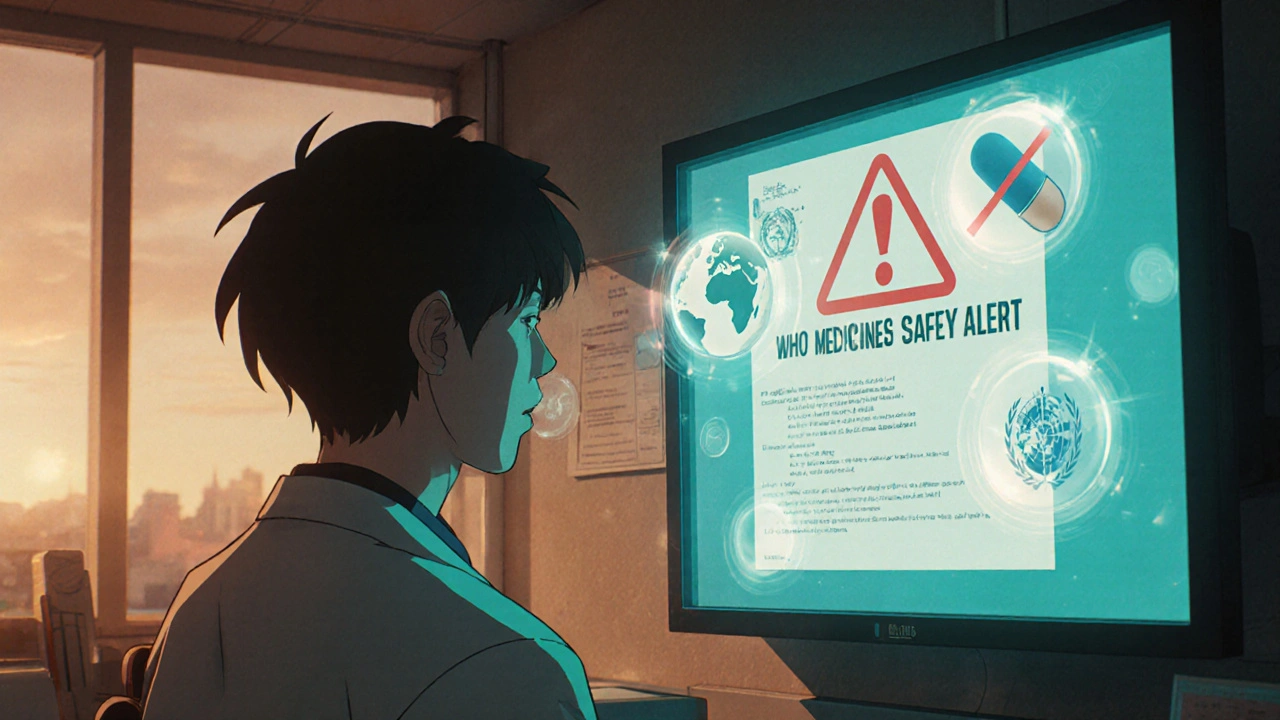When a medicine causes an unexpected side effect, Yellow Card reporting, a system used in the UK to collect information on adverse reactions to medicines and vaccines. It's not just for doctors — anyone can file a report, including patients and pharmacists. This isn’t bureaucracy. It’s how we find out if a drug that works for most people might be dangerous for others. The Medicines and Healthcare products Regulatory Agency (MHRA), the UK body responsible for ensuring medicines are safe and effective. uses these reports to spot patterns, update warnings, or even pull drugs off the market.
Think of it like a early warning system. Someone takes a new painkiller and gets a rash they’ve never had before. They tell their pharmacist. The pharmacist files a Yellow Card report, a simple form used to document suspected adverse drug reactions.. That one report might seem small, but if 50 other people report the same thing, the MHRA sees a trend. Maybe the drug shouldn’t be sold to people with certain allergies. Maybe the label needs a stronger warning. Without these reports, dangerous side effects could go unnoticed for years.
You don’t need to be sure it was the medicine. If you suspect it, report it. The system is built to handle uncertainty. Even if you think it might be stress, or aging, or something else — if the timing lines up with starting a new drug, it counts. Reports come from real people, not labs. That’s why they’re so valuable. Clinical trials test drugs on thousands, but real life has millions of different bodies, diets, and habits. That’s where Yellow Card reporting fills the gap.
Some people worry about reporting because they think it’ll slow down access to medicines. But it’s the opposite. The more we know, the safer the drugs become. A drug that causes rare liver damage might still be life-saving for someone with no other options — but only if doctors know to check liver function first. That’s the power of this system. It doesn’t stop good medicines. It helps us use them better.
Behind every Yellow Card is a story. Someone who felt unwell after taking a pill. A caregiver who noticed a loved one acting differently. A nurse who saw the same reaction twice in a week. These aren’t just data points. They’re clues that keep the next person safe. And you don’t need a medical degree to be part of it. If you’ve ever wondered whether a new medicine caused a strange side effect, you’re already thinking like someone who helps protect others.
Below, you’ll find real-world examples of how medication safety works in practice — from how generics are tested to how seniors avoid dangerous interactions. These aren’t abstract rules. They’re the same principles that make Yellow Card reporting matter. What you learn here helps you spot the signs, ask the right questions, and take action when something doesn’t feel right.

Learn how to track global medication safety alerts, report side effects effectively, and use trusted resources like WHO, UMC, and the Yellow Card system to protect patients and stay ahead of emerging drug risks.
